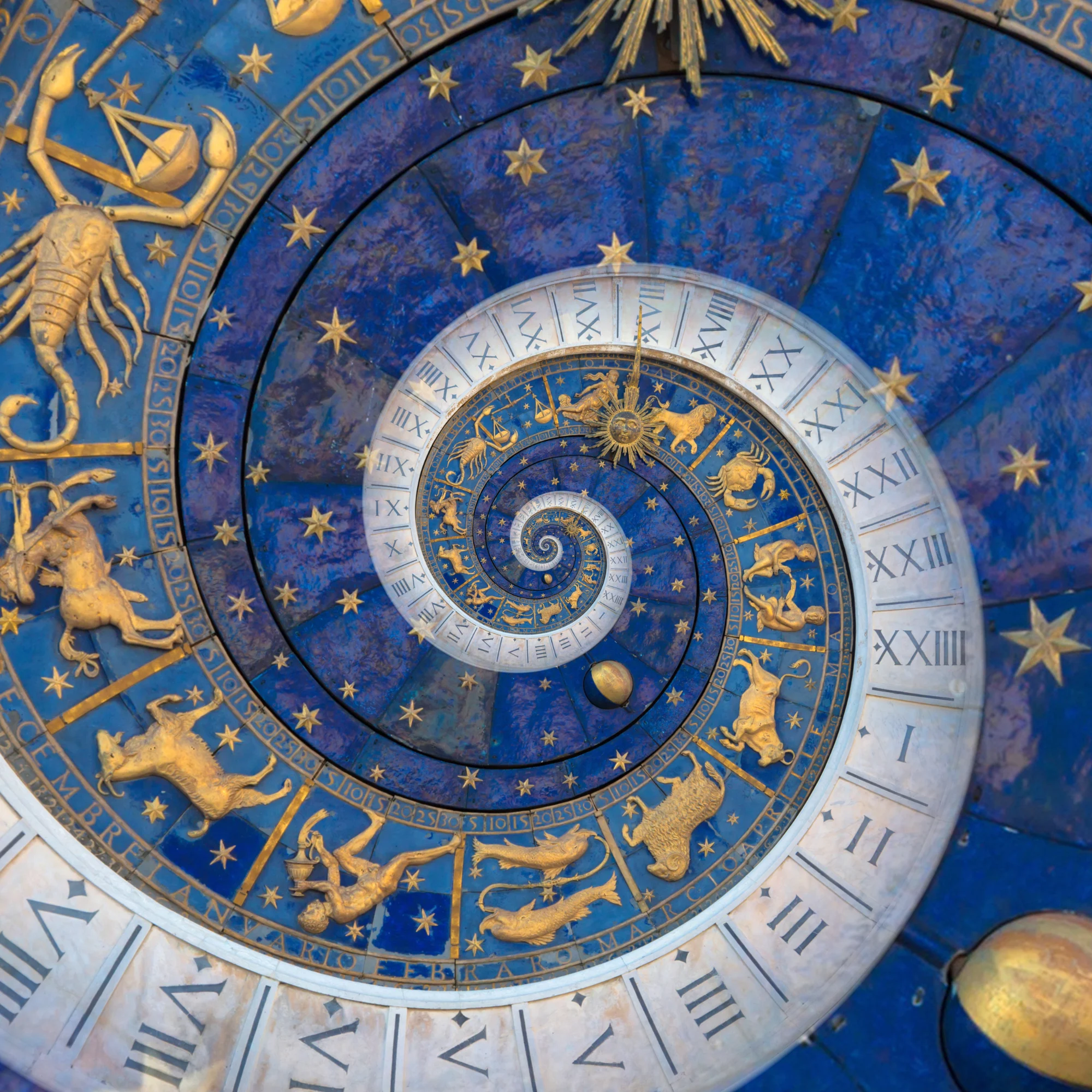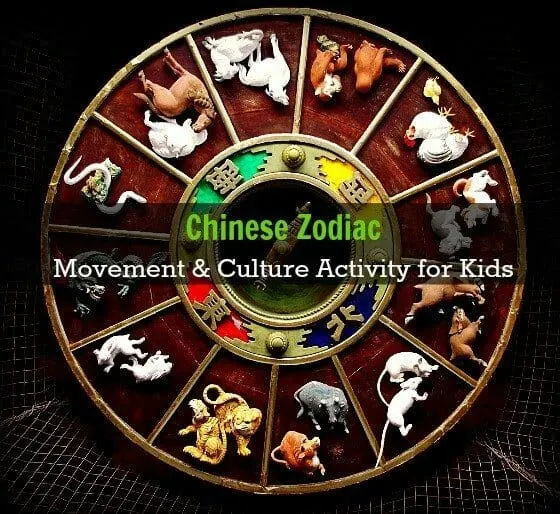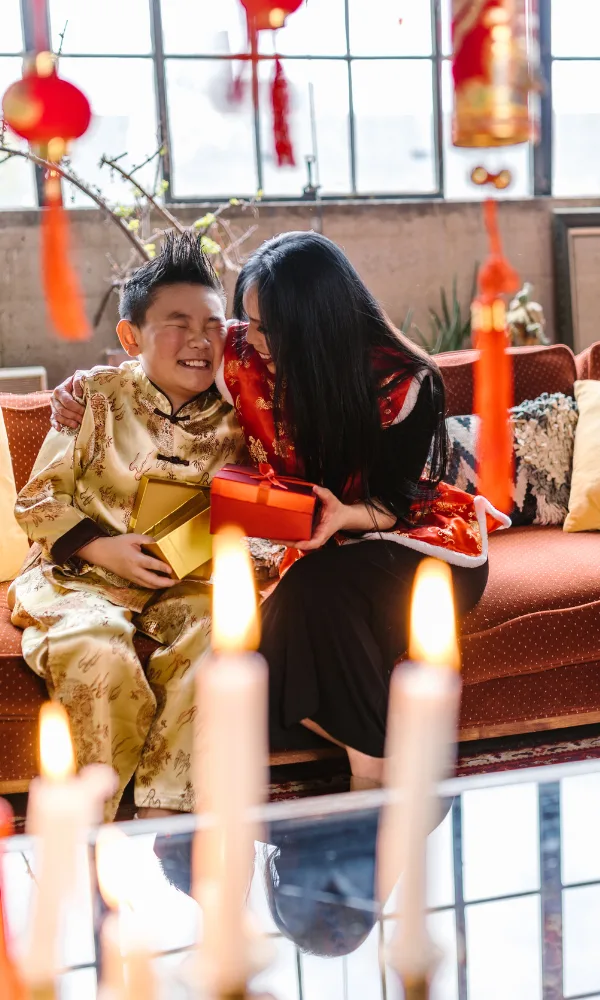It’s that time of year again: Chinese New Year! Like many parents and teachers, you may be looking for ways to help your kids learn about this vibrant and exciting cultural celebration. After all, experiencing the holiday firsthand not only teaches children important traditions but also helps broaden their perspectives on different cultures!
To help make your preparations a bit easier (and more fun!) I put together this lively culture and movement activity that can easily be incorporated into your upcoming festivities. This interactive activity will take your family or classroom learning & February celebrations to the next level!

What is Chinese New Year?
Chinese New Year is an annual celebration of the Chinese calendar, where people gather to express their good wishes, share food, and have delightful festivities. The traditional holiday is held on the same day every year, which falls on the second new moon after the winter solstice.
Chinese New Year is a great event that symbolizes hope and celebration for many families both near and far. Celebrations consist of gathering as a family to enjoy each other’s company, wearing bright festive red clothing, setting off firecrackers for luck and fortune, and vast amounts of delicious cooking and refreshments eaten together.
All these are enjoyed throughout the 16-day holiday period until the Lantern Festival arrives.

What is the Zodiac Calendar?
The zodiac calendar is a traditional annual calendar based on the lunar cycle and related to Chinese astrology and folklore. It organizes each year into segments ruled by an animal sign according to Chinese mythology.
Each animal rules for one Chinese New Year, beginning at the start of each solar year and ending just before the next Chinese New Year.
The 12 animals in order – Rat, Ox, Tiger, Rabbit, Dragon, Snake, Horse, Sheep/Goat, Monkey, Rooster/Chicken, Dog, and Pig – determine your zodiac sign and offer insight into the different characteristics associated with that sign.
Facts for Kids about Chinese New Year
- Chinese New Year, also known as Spring Festival, is the most important traditional festival in China and many other East Asian countries.
- It marks the beginning of the lunar new year and usually falls between January 21st and February 20th, depending on the lunar calendar.
- Each year is associated with one of the twelve animals in the Chinese zodiac. 2024, for example, is the Year of the Dragon.
- Chinese New Year celebrations last for 15 days, making it one of the longest festivals in the world.
- Families clean their homes thoroughly before the holiday to sweep away bad luck and make room for good fortune.
- Red is the dominant color during Chinese New Year because it symbolizes happiness and good luck.
- People give and receive red envelopes called “hongbao” or “lai see” containing money as a gesture of goodwill.
- Firecrackers are lit to scare away evil spirits, and dragon and lion dances are performed to bring good luck and fortune.
- Traditional Chinese New Year foods include dumplings, fish, spring rolls, and rice cakes, all of which have special meanings for prosperity and good fortune.
- Families gather for a big reunion dinner on New Year’s Eve, often featuring a dish called “nian gao,” a sticky rice cake.
- The Lantern Festival marks the end of Chinese New Year festivities, with colorful lantern displays and activities.
- Many people wear new clothes to symbolize a fresh start in the new year.
- In some regions of China, people celebrate by setting off floating lanterns on rivers and lakes.
- Traditional Chinese New Year decorations often include paper cuttings with intricate designs, representing happiness and good fortune.
- Children receive gifts, often in the form of toys or money, from their elders during the holiday.
- The Year of the Rat, which falls every twelve years in the Chinese zodiac cycle, is considered a year of wealth and prosperity.
- Many families visit temples and pray for good luck and blessings during the New Year celebrations.
- The Chinese calendar is based on both lunar and solar movements, making Chinese New Year’s date vary from year to year.
- People often display couplets with lucky phrases on their doorways to ward off evil spirits and bring in good fortune.
- Chinese New Year celebrations are not limited to China; they are observed in various Asian communities around the world, including Chinatowns in major cities.
What is the Chinese Sign for 2024?
The Chinese zodiac operates on a 12-year cycle, with each year represented by an animal sign. The Chinese zodiac sign for 2024 is the Dragon.
Dragons are associated with qualities like strength, courage, and intelligence in Chinese astrology. Each zodiac sign is also associated with one of the five elements (Wood, Fire, Earth, Metal, Water).
2024 is specifically the Year of the Wood Dragon.
Chinese Signs Over Time
The Chinese zodiac is a 12-year cycle, with each year represented by a specific animal sign. Here are the Chinese New Year signs and their corresponding years:
- Rat (鼠 – Shǔ): 2020, 2008, 1996, 1984, 1972, 1960, 1948, 1936, 1924…
- Ox (牛 – Niú): 2021, 2009, 1997, 1985, 1973, 1961, 1949, 1937, 1925…
- Tiger (虎 – Hǔ): 2022, 2010, 1998, 1986, 1974, 1962, 1950, 1938, 1926…
- Rabbit (兔 – Tù): 2023, 2011, 1999, 1987, 1975, 1963, 1951, 1939, 1927…
- Dragon (龙 – Lóng): 2012, 2000, 1988, 1976, 1964, 1952, 1940, 1928…
- Snake (蛇 – Shé): 2013, 2001, 1989, 1977, 1965, 1953, 1941, 1929…
- Horse (马 – Mǎ): 2014, 2002, 1990, 1978, 1966, 1954, 1942, 1930…
- Goat (羊 – Yáng, also known as Sheep or Ram): 2015, 2003, 1991, 1979, 1967, 1955, 1943, 1931…
- Monkey (猴 – Hóu): 2016, 2004, 1992, 1980, 1968, 1956, 1944, 1932…
- Rooster (鸡 – Jī): 2017, 2005, 1993, 1981, 1969, 1957, 1945, 1933…
- Dog (狗 – Gǒu): 2018, 2006, 1994, 1982, 1970, 1958, 1946, 1934…
- Pig (猪 – Zhū): 2019, 2007, 1995, 1983, 1971, 1959, 1947, 1935…
Each of these animal signs is associated with certain personality traits and characteristics in Chinese astrology, and they are used to predict a person’s fortune, compatibility, and other aspects of their life.
Additionally, the Chinese zodiac operates on a 60-year cycle, with each year also having an elemental component (Wood, Fire, Earth, Metal, Water) in addition to the animal sign.
These trends are said to help predict inner strengths and weaknesses as well as external events that may affect a person’s destiny in a variety of ways.
With its timeless beauty and long-standing history of scholarly observation, it’s no wonder that the zodiac calendar continues to captivate those looking for answers about their pasts and present destinies.

Chinese New Year Activity for Kids Using the Zodiac Calendar
This fun Chinese New Year activity to do with your kids that integrate movement and culture is centered on the Zodiac calendar.
Several mornings each week we take the time to do a few yoga poses as part of our movement learning. Many of these poses are animals. Last week as my sons slithered on the floor like a snake, this activity occurred to me. Each year of the Zodiac calendar represents an animal and kids love to act out these animals.

There are 12 animals in total. Get the bodies moving and learn about Chinese culture all in one. Perfect for the home and the classroom. I introduced the calendar at one of our circle times.
There are many ways to learn about the Chinese Zodiac Calendar and Chinese New Year. Although I encourage you to find out more about the ideas by reading books with your children about the Chinese New Year.
Don’t get too caught up in any particular way to present the animal, just have fun with it and get your bodies moving. Hop like a rabbit, slither like a snake, and neigh like a horse. You get it. Have a good time!
Thanks for visiting! I hope we inspired you today!
Marnie

